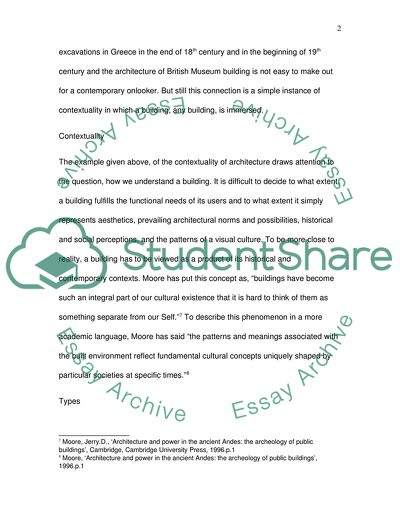Cite this document
(History and Theory: Buildings in Context Case Study - 1, n.d.)
History and Theory: Buildings in Context Case Study - 1. Retrieved from https://studentshare.org/architecture/1752844-history-and-theory-two-buildings-in-context
History and Theory: Buildings in Context Case Study - 1. Retrieved from https://studentshare.org/architecture/1752844-history-and-theory-two-buildings-in-context
(History and Theory: Buildings in Context Case Study - 1)
History and Theory: Buildings in Context Case Study - 1. https://studentshare.org/architecture/1752844-history-and-theory-two-buildings-in-context.
History and Theory: Buildings in Context Case Study - 1. https://studentshare.org/architecture/1752844-history-and-theory-two-buildings-in-context.
“History and Theory: Buildings in Context Case Study - 1”, n.d. https://studentshare.org/architecture/1752844-history-and-theory-two-buildings-in-context.


